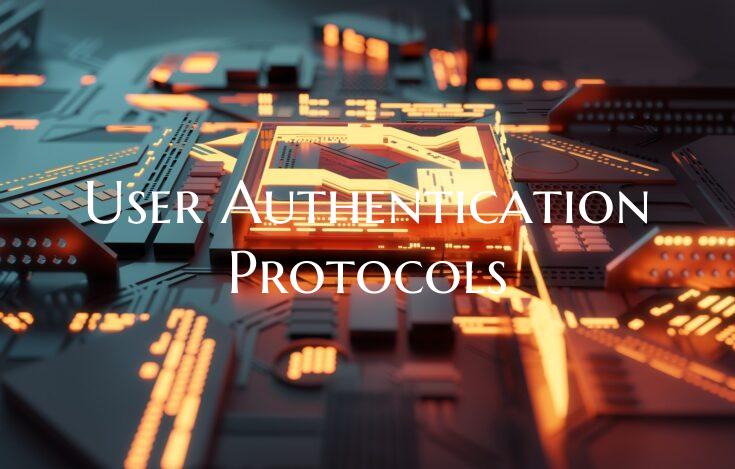User Authentication Protocols
User authentication protocols play a crucial role in securing digital systems and ensuring that only authorized individuals gain access to sensitive information or services. These protocols are essential for verifying the identity of users and safeguarding against unauthorized access. There are several widely-used user authentication protocols that employ various methods to authenticate users effectively. Here are some common user authentication protocols:
1. Password-Based Authentication: One of the most common and traditional methods of user authentication is password-based authentication. In this protocol, users are required to input a unique username and password combination to prove their identity. The system compares the entered credentials with stored credentials, and access is granted if they match. It is essential for users to choose strong, unique passwords and periodically update them to enhance security.
2. Multi-Factor Authentication (MFA): Multi-factor authentication is a robust authentication protocol that adds an extra layer of security by requiring users to provide two or more factors to verify their identity. These factors typically include something the user knows (like a password), something they have (like a smartphone for receiving a verification code), and something they are (like a fingerprint or facial recognition). MFA significantly reduces the risk of unauthorized access, even if one factor is compromised.
3. Biometric Authentication: Biometric authentication utilizes unique physical characteristics such as fingerprints, iris scans, facial patterns, or voice recognition to verify a user's identity. Biometric data is highly secure and difficult to replicate, providing a reliable method of authentication. Biometric authentication protocols are increasingly being adopted in devices like smartphones and laptops for convenient and secure access.
4. OAuth (Open Authorization): OAuth is an open standard protocol that allows users to access and share resources from one platform to another without disclosing their credentials. It allows users to grant access to their information on one site to another site, such as logging in to third-party services using their existing social media or email accounts. OAuth enhances user convenience while maintaining security through authorization tokens.
5. SAML (Security Assertion Markup Language): SAML is an XML-based protocol used for exchanging authentication and authorization data between security domains. It enables single sign-on (SSO) functionality, allowing users to access multiple applications with a single set of credentials. SAML is commonly used in enterprise environments to streamline user authentication processes and enhance security across various applications.
In conclusion, user authentication protocols are critical for ensuring the security and integrity of digital systems. By implementing robust authentication methods such as password-based authentication, multi-factor authentication, biometrics, OAuth, and SAML, organizations can effectively protect user identities and sensitive data against unauthorized access and cyber threats. It is essential to stay informed about evolving authentication technologies and best practices to maintain a secure digital environment.

